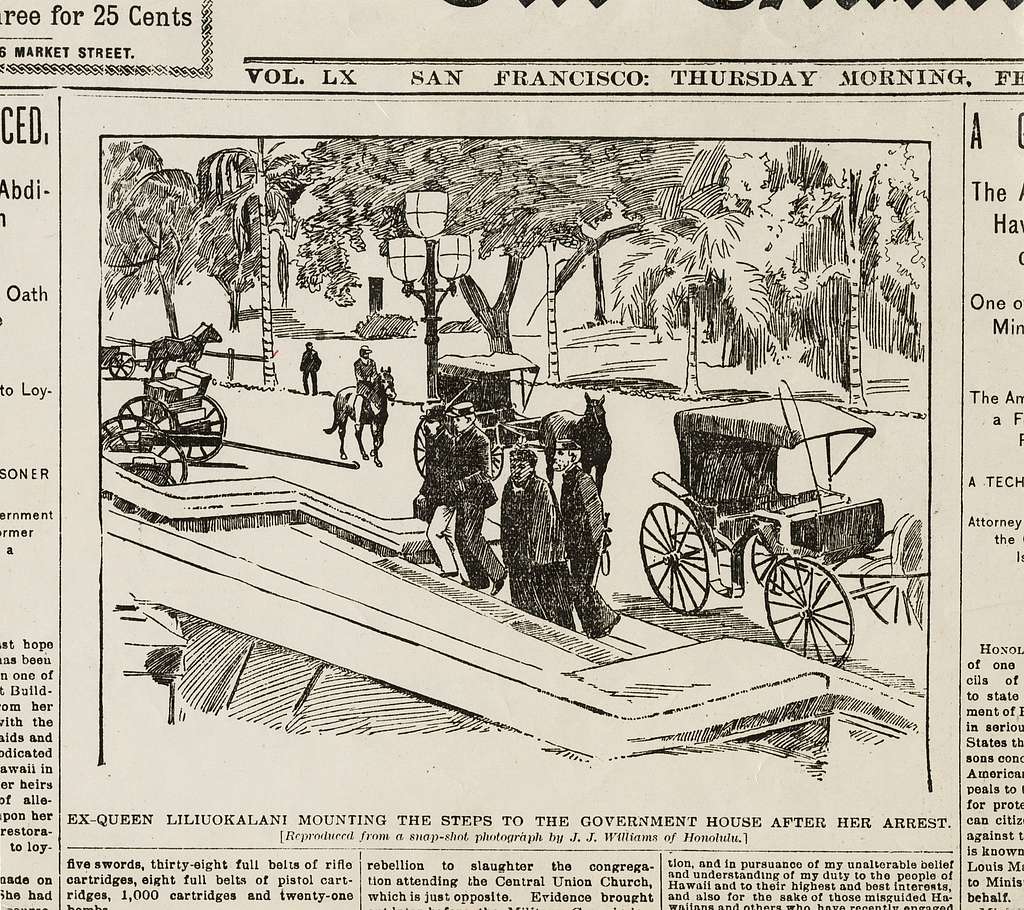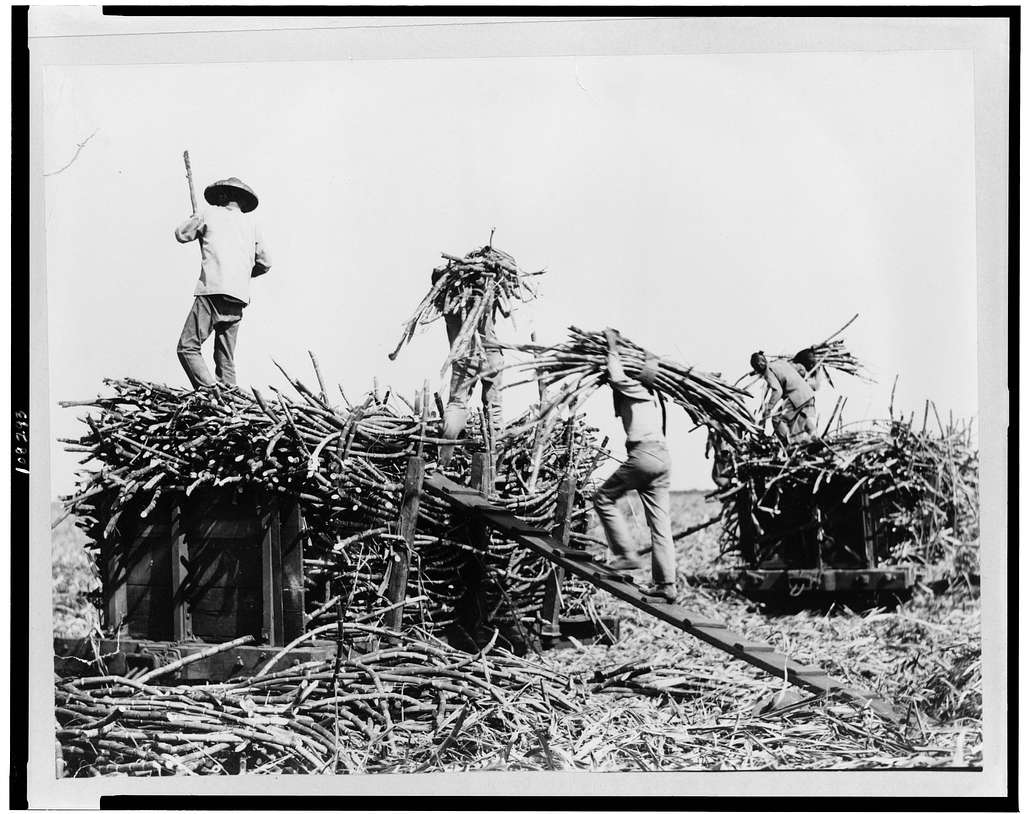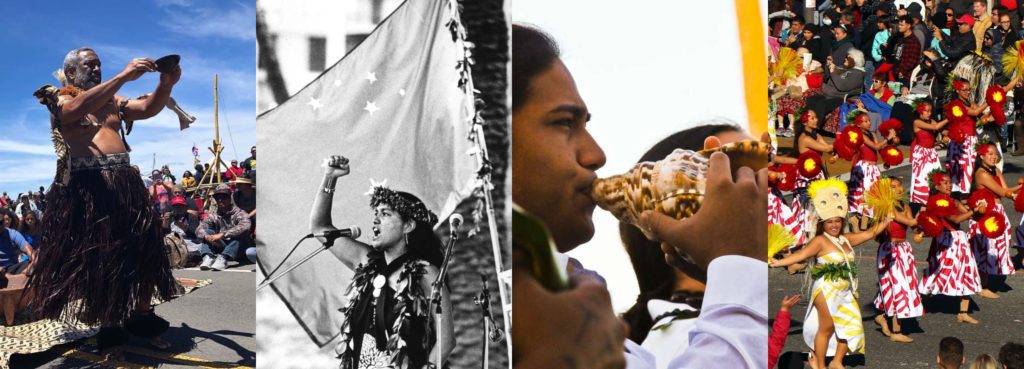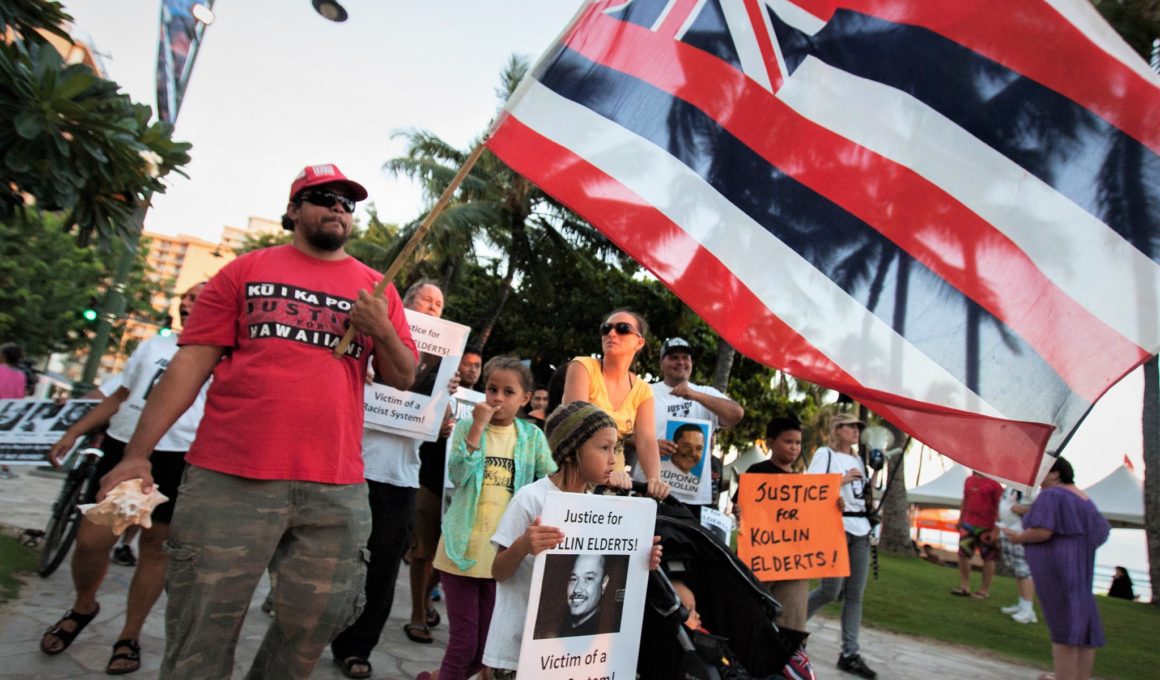Sign up here to receive The Yappie‘s weekly briefing on Asian American + Pacific Islander politics and support our work by making a donation.
On April 30, President Joe Biden became the first sitting president to proclaim the month of May Asian American and Native Hawaiian/Pacific Islander (AANHPI) Heritage Month.
Rep. Kaialiʻi Kahele (D-Hawaii) was among those who applauded Biden's explicit reference to Native Hawaiians. “Although Native Hawaiians are one of the many peoples of the Pacific Islands, Native Hawaiians are unique and have a special legal, political and trust relationship with the United States and should be recognized as such,” the Native Hawaiian congressman said in a statement. “The president’s proclamation sends a strong message that words matter and representation is essential in celebrating our identity.”
But what exactly does that relationship look like so many years after Americans' illegal overthrow of the Hawaiian Kingdom? The island economies rely heavily on tourism today, but that's only the case because white colonizers first destroyed Native Hawaiians' ways of life.
All the while, Native Hawaiians continue the fight for equity and sovereignty.
Here's what you need to know…
The beginning
The Hawaiian Kingdom was an independent state that emerged in 1795 after warrior chief Kamehameha the Great of Hawaiʻi conquered and unified the islands of Oʻahu, Maui, Molokaʻi, and Lānaʻi. Kauaʻi and Niʻihau joined the kingdom voluntarily in 1810.
- 1 in 17 Native Hawaiians had died within two years of their first contact with white colonizers, who forced the reigning king to impose a Westernized system of land ownership that redistributed land.
- The move dismissed Native Hawaiians’ sacred relationship with their land—aloha ʻāina.
- Native Hawaiians ended up losing the vast majority of their land to colonizers.
The last Hawaiian monarch: Queen Lili‘uokalani
- Lili‘uokalani was sworn in on Jan. 29, 1891, becoming the first and only queen of the Hawaiian Kingdom.
- At this point, after decades of colonialism, the royalty had very little power. Her priority was to re-establish the sovereignty of the monarchy.
- That registered as a threat to American businessmen, who organized a coup and illegally overthrew the queen using the U.S. military.


- Colonizers imprisoned her in the palace after a counterrevolution in 1895. She spent more than a decade pushing for the return of and compensation for seized land.
“Now, to avoid any collision of armed forces and perhaps loss of life, I do, under this protest, and impelled by said forces, yield my authority until such time as the Government of the United States shall, upon the facts being presented to it, undo the action of its representative and reinstate me in the authority which I claim as the constitutional sovereign of the Hawaiian Islands."
Queen Lili‘uokalani in a statement relinquishing power in 1893
Uprisings
The provisional government installed through martial law later became a republic that required voters to swear allegiance. Native Hawaiians refused. They, joined by Asian laborers, organized their own uprisings. White colonizers…
- Treated Native Hawaiians like they were savages to be “civilized.”
- Stripped most Native Hawaiians of voting rights.
- Prohibited the Hawaiian language in schools and government. Forced Native Hawaiians and Asian contract laborers to work long hours on plantations for very little pay.


When the U.S. annexed the islands in 1898, it was due to American business and wartime interests.
- White colonizers continued to treat Native Hawaiians as inferior, often calling Hawaiians and sometimes Asians the n-word.
- The U.S. also enforced on the islands the law that barred Asian immigrants from citizenship, later imposing martial law during World War II and arresting over 2,000 people in the first 48 hours alone.
Though Asians and Native Hawaiians shared an identity rooted in resistance against dominant white culture, tensions did (and do) exist.
- In the continental U.S., some Asian communities made mixed Asian-Native Hawaiian people feel like they weren’t truly Asian.
- As Asians rose to political dominance in Hawai‘i, many began to distance themselves from the push for Hawaiian sovereignty, which to Native Hawaiians meant complicity with American occupation.
- Some Asians also imposed classist behavior on Native Hawaiians.
- Other Native Hawaiians felt—and still feel—a sense of identity theft in the ways Asians have appropriated Hawaiian practices and phrases. (Think “hapa.”)
Non-Natives need to examine and reexamine their many and continuing benefits from Hawaiian dispossession. Those benefits do not end when non-Natives begin supporting Hawaiians, just as our dispossession as Natives does not end when we become active nationalists. Equations of Native exploitation and of settler benefit continue. For non-Natives, the question that needs to be answered every day is simply the one posed in the old union song, “which side are you on?”
Haunani-Kay Trask, “Settlers of Color and ‘Immigrant’ Hegemony”
Resilience
But Native Hawaiians didn’t sit around quietly. The same spirit that guided Queen Lili‘uokalani led Native Hawaiians to resist colonialist authority from the beginning—like speaking pidgin English.


- Despite white colonizers’ attempts to Other them, Native Hawaiians have held onto their cultural practices.
- They’ve repeatedly risen up against injustice and violent land displacement, from Kalama Valley to Maunakea.
- They’ve also found solidarity with Asian Americans and other communities of color in the push for data disaggregation, anti-racism, and the Indigenous movement for sovereignty.
- Though Native Hawaiians are often erased under the pan-AAPI identifier, the movement for sovereignty remains alive today—and with it an ongoing fight to redefine the Native Hawaiian identity.









